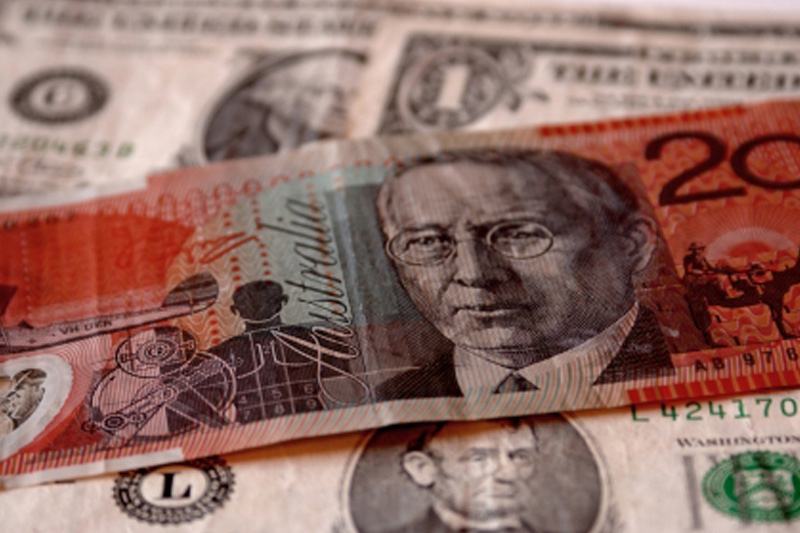Investing.com - The Australian dollar gave up gains in late session trade on Wednesday after weaker than expected second quarter GDP in active trade regionally as the data correlates to China which is a top destination for Australia commodity exports.
AUD/USD traded at 0.7007, down 0.13%, while USD/JPY changed hands at 120.309 up 0.62% and EUR/USD was quoted at 1.1274, down 0.37%.
Australia's second quarter GDP rose 0.2%, below the expected 0.4% quarter-on-quarter gain.
The U.S. dollar index, which measures the greenback’s strength against a trade-weighted basket of six major currencies, was up 0.24% at 95.63.
Overnight, the dollar pushed lower against against the other major currencies on Tuesday, after data showed that manufacturing activity in the U.S. expanded at the slowest rate in more than two years in August and as concerns over the prospect for growth in China continued to weigh.
The Institute of Supply Management said its manufacturing index fell to 51.1 from 52.7in July. It was the lowest reading since May 2013 and was below economists’ forecasts of 52.6.
In a separate report, Markit said the final reading of its manufacturing index fell to 53 from 53.8 in August. This was the lowest level since October 2013, but was slightly higher that the preliminary reading of 52.9.
The weak data added to doubts over whether the Federal Reserve will hike interest rates in September.
Investors were looking ahead to Friday’s U.S. jobs report for August, which could help to provide clarity on the likelihood of a near-term interest rate hike.
The dollar remained under heavy selling pressure after weak Chinese economic reports released earlier Tuesday added to fears over a China-led slowdown in global economic growth.
Manufacturing activity in China contracted at its fastest rate in three years in August, while service sector activity also slowed.
Wall Street fell sharply at the open on Tuesday and the worsening outlook for global equities underpinned demand for the low yielding euro and yen.
Investors often use low-yielding currencies to fund positions in higher-yielding currencies and equities, known as carry trades.
